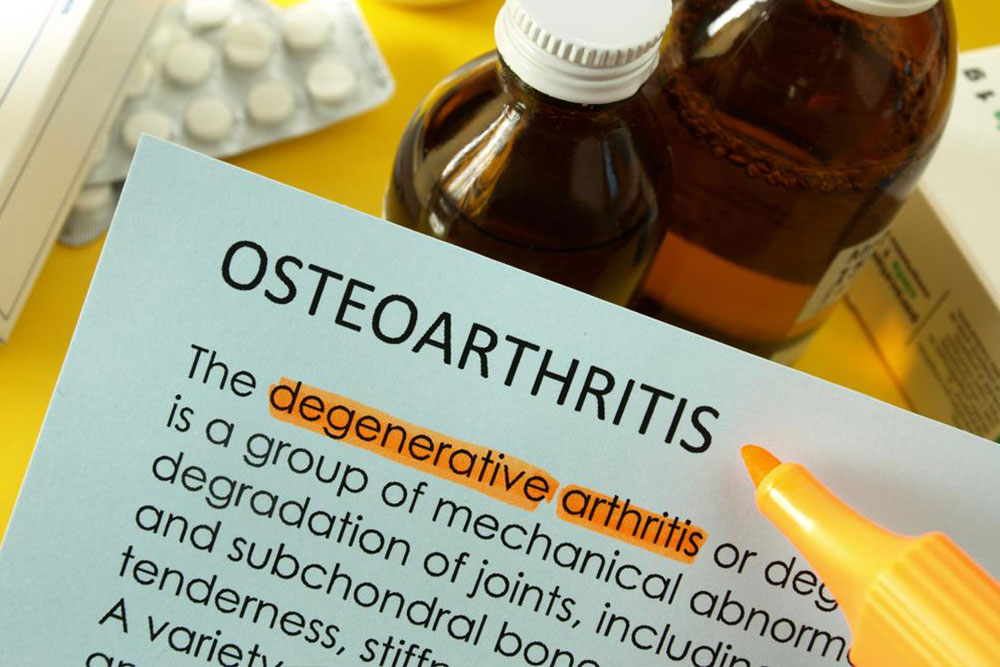Strategies for Managing and Overcoming Chronic Pain
Discover effective strategies for managing chronic pain, including therapy options, lifestyle changes, and natural remedies. Tailor a personalized plan to improve comfort and daily life quality, guided by professional advice and holistic practices.

Strategies for Managing and Overcoming Chronic Pain
While pain often serves as a warning for potential harm, persistent discomfort that lasts for weeks or months can severely impact daily life. Chronic pain, which persists beyond three months and resists typical treatments, can make simple tasks challenging and diminish overall well-being. This condition may stem from issues like joint disorders, strains, or unknown causes. Fortunately, various approaches—including lifestyle adjustments, therapy, and natural remedies—can help alleviate symptoms and improve quality of life.
Ongoing pain signals may continue even after the original injury or cause has healed. Effective management often requires exploring multiple treatment options tailored to individual needs.
Since understanding chronic pain remains a challenge for medical professionals, personalized treatment plans are essential. Some patients prefer medication-based relief, while others lean toward holistic methods. The following techniques can help control pain without invasive procedures:
Physical and Occupational Therapy: Physical therapists assist in enhancing mobility and strength through targeted exercises, whereas occupational therapists teach efficient ways to perform daily tasks without intensifying discomfort.
Mind-Body Practices: Techniques like mindfulness, meditation, and controlled breathing can help regain a sense of control over pain and reduce muscle tension by calming the body's stress response.
Heat and Cold Therapy: Applying hot or cold packs remains a time-tested method to relieve certain types of pain. For more effective or persistent issues, professional therapists may offer advanced thermotherapy options.
Music Therapy: Listening to calming music, especially classical compositions, has shown promise in alleviating pain during medical procedures and recovery phases. Personal preferences can also be beneficial.
Regular Exercise: Activities such as walking, swimming, and cycling can disrupt pain cycles and enhance mobility, especially in conditions like arthritis and fibromyalgia.
Yoga and Tai Chi: These practices combine gentle movements, breathing exercises, and meditation, helping strengthen muscles and manage pain across various conditions.
Biofeedback: Using specialized devices, individuals learn relaxation techniques by visualizing physiological data, empowering them to control pain responses effectively.
Therapeutic Massage: Regular massage can release muscle tension, improve circulation, and block pain signals, fostering relaxation and pain reduction.
Over-the-Counter Medications: Common non-prescription pain relievers like NSAIDs and acetaminophen can offer temporary relief but should be used with medical guidance to avoid adverse effects.
Consulting a healthcare professional is vital to develop a comprehensive pain management plan tailored to your needs. Combining medical and alternative therapies enhances the chances of effective relief from chronic pain.
Note: Our blog provides informational content based on research and data. Readers should view articles as guidance and consult healthcare providers for personalized advice. We disclaim responsibility for data discrepancies or unlisted offers that may be more beneficial.










